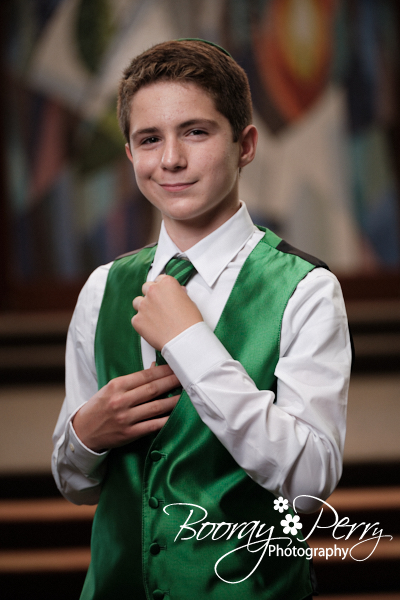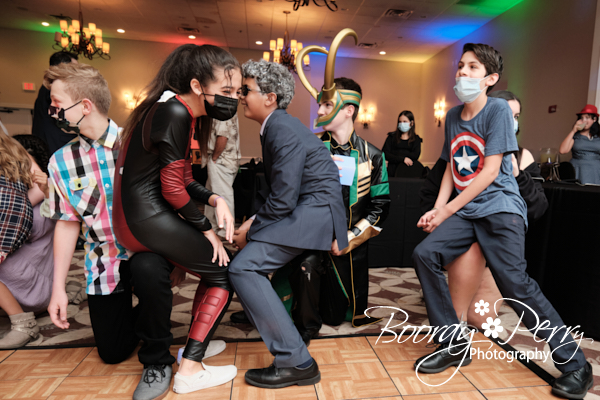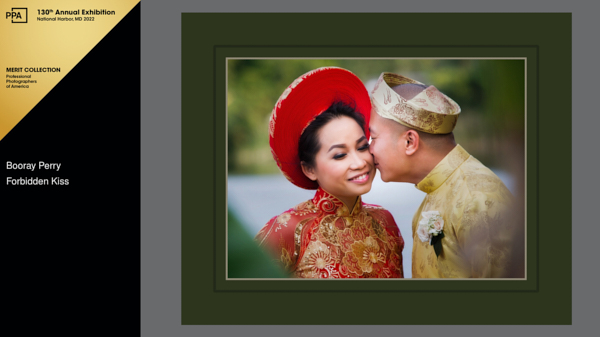Jacob Shor Bar Mitzvah at Kol Ami
It’s been a rough year for Tampa Bar Mitzvahs. In 2020 I had an entire year cancel. Just like that I was out of the Bar Mitzvah Photography business. Oh sure, I did a few small events and a couple at homes but it was nothing compared to what I usually do every year.
Thankfully, things are returning to normal. The phone started ringing early in 2021 and now I’m photographing Bar Mitzvahs and weddings every weekend again. It’s so nice to be back! If it hadn’t been for my corporate clients doing headshots I don’t know what I would have done!
Recently I was contacted by a photographer friend who told me that she was doing school portraits and had a boy who was posing like a star. She asked him where he learned to pose like that and he said, “My Bar Mitzvah photographer taught me!” She laughed because she knew what the next answer would be. “Who was that?” she asked, “Booray Perry!” he replied.
That really made me smile. I also knew without asking who that kid had to be. It had to be Jacob.

Jacob is at Congregation Kol Ami and from the minute he walked in for his temple portraits I knew that he was going to be a lot of fun. Some kids can be shy and you really have to coax them out but not Jacob. He was “ready for his close-up” and we had a ball. But the best was yet to come!



The theme for the party was “MCU.” For those of you not versed in the comic book world, that stands for “Marvel Cinematic Universe.” In other words, the super-heroes that you see in all the Marvel movies. In case you are wondering why it is called “MCU” it’s because the movie universe is a little different than the actual comic book universe. For example, the “Star-Lord” character in the comic books is not quite as clownish as the movies. Thor in the comic books is more mature as well. That’s right, I was a comic book kid. Still am, really.
The family did not disappoint. They showed up in full costume for the party at Carrollwood Country Club. Tony Stark, The Scarlet Witch, Loki and “little Loki” were ready to party! I love it when a Bar Mitzvah party does costumes, even if it’s just baseball shirts for a baseball theme or the like. It’s a nice break from the usual.

The food was great, the party was a blast. That’s the thing about traditions: You don[‘t realize how much you miss them until they’re gone.







These are just a few images from the event of course. There are over 300 total. :)
International Photographic Competition Results 2021
As you probably know, I have been entering the International Photographic Competition (IPC) for many years. It’s the largest of it’s kind and is conducted by the Professional Photographers Association of America (PPA) of which I am a member. It can be kind of hard to understand how it works so let me try and explain it as simply as possible.
There are three different competitions.
Photography Open
Artist Open
Wedding Open
Photography Open is for all types of photography. You can enter anything here and do anything to it in Photoshop.
Artist Open is for what you can do with an image after it is shot. We call it the Photoshop degree. You don’t even have to use your own images. This is where you see wild creations and abstract art.
Wedding Open is for wedding photography shot on the day of the wedding. This is a new and is only in it’s second year.
You may enter just 4 images into each of the competitions. A panel of trained judges evaluates each image and votes on whether that image deserves a “Merit.” Half the images do not receive a Merit. Then, all the Merit images are seen by a second group of judges who decide if the image deserves to move up to the “Image Excellence” designation. Only about half those images make it. Sometimes quite a bit less.
What does this mean for the photographer? Well. the Merits add up. You get a Merit when your image is found worthy of a Merit and you get another one if your image is picked for Image Excellence. So, you can get 2 Merits a year per image. Most people average 2-4 a year for each competition they enter and most people only enter one..
These Merits count toward degrees that are given out by the PPA. If you get 13 Merits in a competition, you are called a “Master.” I am a Master Photographer, for example. because I have received over 13 Merits in the Photographic Open Competition. I’m over half-way to being a Wedding Master as well.
There’s more to it, for example there are a couple of books that are published that feature the Image Excellence images and the best of the Merit Images. There’s also categories within each competition and there is a “Top 10” list for each one. If you Merit all four of your images you are called a Bronze Medalist. If you Merit all four and one of them gets Image excellence you are Silver, 4/2 is Gold, and so on.
All these awards and Merits are displayed on a lanyard that photographers wear around their necks at conventions.

This year was special because they added a new category to “Photographic Open.” The category is called “Reportage.” This category is for images that are shot where the photographer has no control over the subject. Sports photography, street photography, news… this is the sort of thing that goes in the Reportage category. I love this kind of photography and so I entered all 4 images in Reportage.
Unbelievably, all 4 images got a Merit and 2 of them were picked for Image Excellence. It’s the best I have ever done!




I also entered into the Wedding Competition and received 2 merits there.


It was a pretty good year for me!
Fuji Classic Chrome: The BEST Film Simulation?
I’ll be the first one to admit that I didn’t pay much attention to the Fuji film simulations when I bought my first Fuji camera (Fuji X100S). I just assumed that these film simulations were just like filters that you would find on Instagram or all of the presets and formulas that you can buy for any photo editing software nowadays. I’ve never been a fan of using these “change the entire look of your photo” tools and much prefer to go in and fine tune the changes myself.
But soon I found myself starting to play around with the different film simulations because when I’m on vacation I like to shoot in jpeg. I found, overtime, then I will take a whole lot more pictures if I know that I don’t have to convert them all when I get home. So, I started to toy around with the different film simulations.
With Classic Chrome, Fuji has attempted to create a color space and a look in their images that mimics the look of classic journalism that you would have seen in magazines like Life or Newsweek in the 60s and 70s. Since most of the photographers of that era were using Kodachrome film, I suspect that’s why it has “chrome” in the title.
In my video breakdown I talk about the Classic Chrome simulation and show some images where I switch between different film simulations to give you an idea of what they will do to your images …but also what makes Classic Chrome so special and why it is my favorite film simulation.
I’m especially intrigued by the idea of “memory color” and how the colors we “see” and the colors we “remember” are not always the same… and Fuji’s attempts to reconcile these two worlds.

